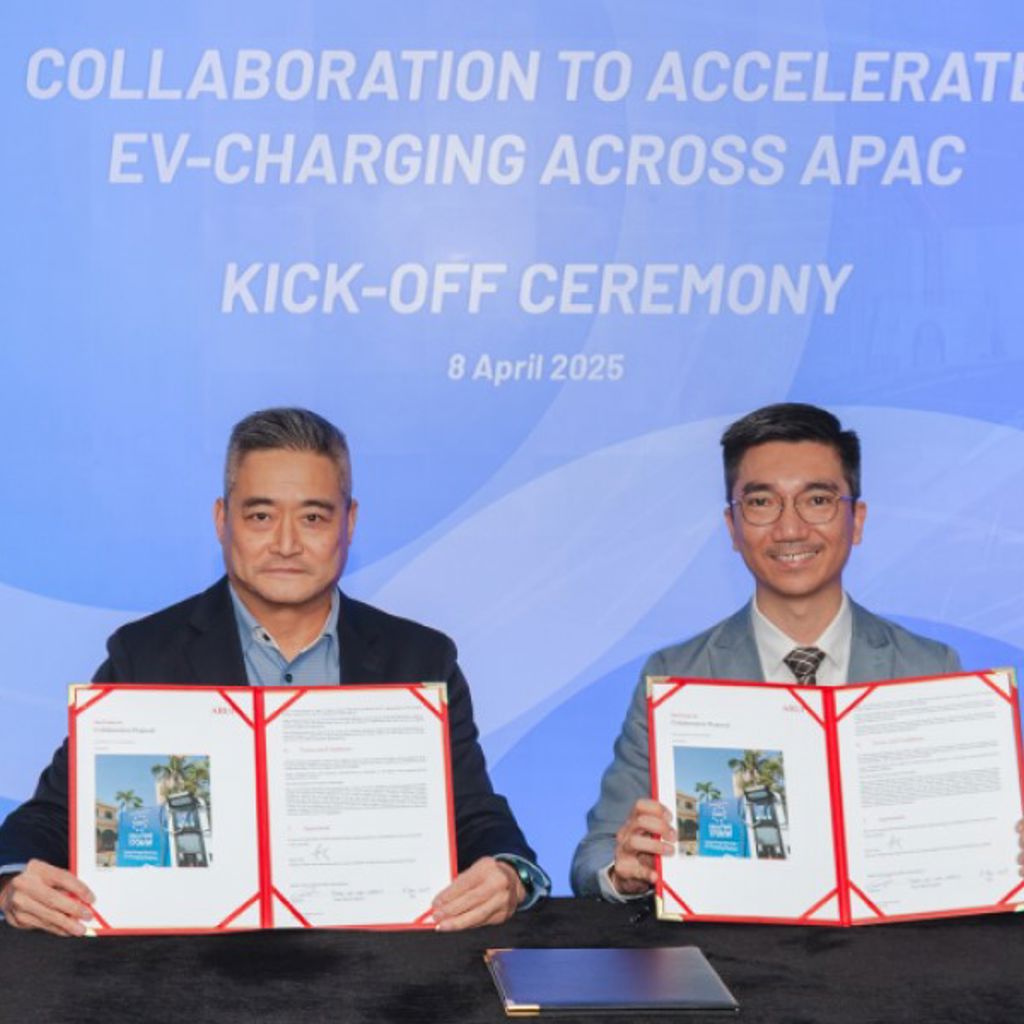Arup has been appointed by Britain’s National Grid Electricity System Operator (ESO) to help identify and articulate the relevant principles for the technical framework of its world-first Virtual Energy System programme.
The Virtual Energy System is a digital replica of Britain’s entire energy landscape, providing a virtual environment to share data, model and predict scenarios that will support the decarbonisation of the energy industry, while supporting a digital-first and sustainable energy network for the future.
Arup will work in collaboration with global non-profit organisation, Icebreaker One, and leading energy system innovation centre, Energy Systems Catapult, to identify the key principles of the common framework that the Virtual Energy System will be built upon. These principles include technical factors such as security, interoperability, and metadata, as well as socio factors such as legal and data sharing agreements.
Simon Evans, Global Digital Energy Leader at Arup, said:
“The Virtual Energy System is an important step towards connecting the energy system, which is critical for achieving net zero. This will offer new opportunities for innovation, providing new ways to collaborate and create new, more efficient services for consumers.
“Often there is much focus on the visualisation of digital twins, so we are both proud and excited to be bringing our expertise in the digital and energy industries to focus on identifying the data requirements needed and the underlying interoperability between systems to allow the exchange and flow of data.”
The framework will be agreed with and made available to the entire industry and will rely upon a high level of engagement and open collaboration to allow continuous development and unlock its full benefits.
Carolina Tortora, Head of Innovation Strategy at National Grid ESO, said:
“Our Virtual Energy System will digitise Britain’s energy system by providing a world first, real-time replica of how our entire energy landscape will work in parallel to our physical system.
“This framework will enable us to share data and test scenarios to make our decision-making more robust and inform how we generate, manage, store, and consume energy as part of our mission to achieve net zero.
“A shared industry asset, the Virtual Energy System will improve our simulation and forecasting abilities as part of our plan to operate a zero-carbon electricity system by 2025.”
Find out more about the Virtual Energy System





